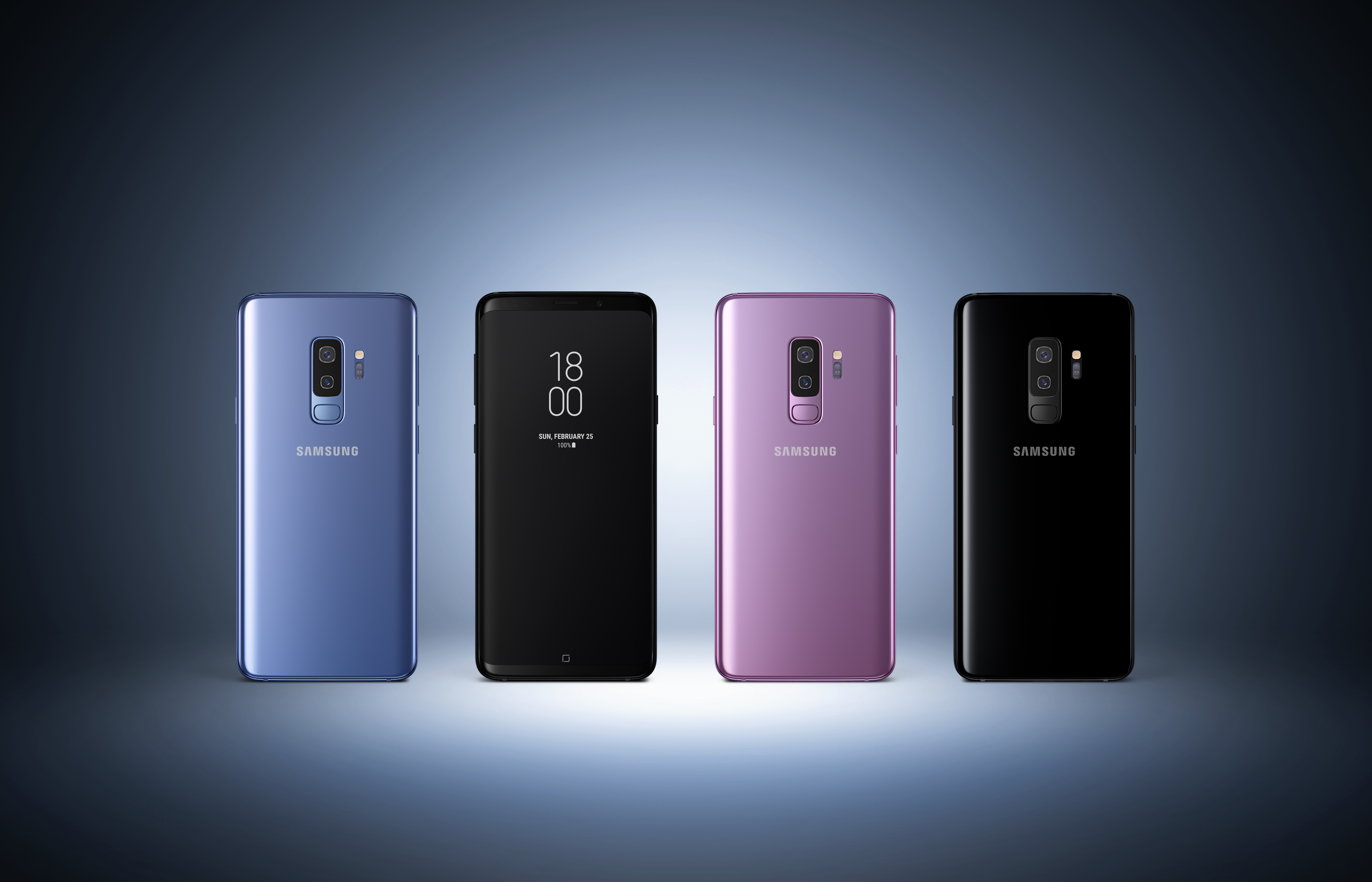With Galaxy S9, Samsung kicks it up without a notch


MWC 2022
It's likely encoded somewhere deep in Samsung's DNA that the company can't release a new Galaxy S iteration without trying to advance the form factor. Unless you were beholding the company's bold lilac offering for the U.S., you'd be hard-pressed to tell that by looking at the latest iterations of the smartphone leader's flagship siblings, the Galaxy S9 and S9. But it's true. Samsung has ever so slightly further reduced the top and bottom bezels of the device without resorting to an iPhone-like notch.
Also: Samsung Galaxy S9, Galaxy S9 Plus: Should you upgrade based on specs, price and camera improvements? | Prices, release and pre-order dates for US carriers | Video: Checking out the specs | Samsung puts business spin on Galaxy S9
That said, Samsung has led with improvements in the camera as the lead improvements in the Galaxy S9, something of a tough upsell proposition given the already very strong imaging quality of the Galaxy S8. To tempt those users and of course those of other handsets, the company is touting two new features -- dual apertures that extend from f1.5 to f2.4, allowing superior low-light performance while avoiding the washing out of bright scenes. Like Apple but unlike Google, Samsung continues to offer superior capture capabilities on the larger-screen version of its flagship via dual cameras.
One of the first smartphones equipped with Qualcomm's Snapdragon 845 in its U.S. release, the S9's camera also shoots multiple exposures with each shutter activation to reduce noise in low-light photos. And Samsung has taken slo-mo video to new levels of detail with a 960 frame/sec super slow-mo mode. That is slow enough to drag out 0.2 seconds of real-life action to six seconds for when you demand to see the trajectory of every water globule being shaken off a wet dog.
Samsung, though, touts the new super slow-mo mode as having value in the enterprise and it's easy to see how it could be applied to, for example, tracking the intricacies of manufacturing tasks. But a broader business audience will likely find value in its revamped DeX sled.. Unlike the original DeX dock that held the Galaxy S8 and later in a vertical, angled position, the new dock lies flat, which allows it to be used as a trackpad or keyboard when connected to a monitor.
The field of add-on software that supports desktop mode when an Android phone is connected to an external display has thinned somewhat since Samsung introduced DeX, but part of that is because Google itself is offering better support for such experiences as part of its efforts to improve the Android experience on Chromebooks. Samsung says that any app that fully implements Android 7 or later user experience guidelines should work well with DeX. It would be great to see Samsung turn its hardware design toward a keyboard solution -- beyond the Blackberry-reminiscent case -- that folded or had some other way of more easily coming along for the ride. However, a number of options from Microsoft. iClever and others have improved the marketplace choices in the last few years
Also, the camera isn't the only media experience that Samsung has updated in the S9. Taking further advantage of the company's ownership of audio powerhouse Harman, it has improved audio output. Samsung notes how the feature could be useful for conference calls, but too few companies focus on the audio capture feature of their smartphones even as recording audio is useful for a wide range of productivity-related tasks.
And speaking of its driving silicon, the S9 and S9 Plus battery life should also see somewhat of an improvement. While Samsung has kept the battery sizes consistent with those of the last generation, the addition of the Snapdragon 845 and power consumption improvements in Android 8 Oreo should boost efficiency.
Samsung has also corrected the most frustrating ergonomic deficiency, the uncentered fingerprint tracker, by moving it below the lens where such rear-mounted sensors typically exist. This, compared with the earlier change allowing the disabling of the Bixby button, should address the major usage design deficiencies of the Galaxy S8.
Jumping in to the Galaxy S9 feels a bit like jumping into the iPhone 8 would have been had Apple not announced the iPhone X at the same time. In both cases, there was limited refinement of the form factor and both generational upgrades focused on imaging capabilities.
Freed of the distraction of a larger jump, the company has iterated more improvements between the last generation of the Galaxy S and this one while avoiding more polarizing characteristics such as the iPhone's notch and removal of the headphone jack. The S9 phones retain and slightly bolster everything about Samsung's phone design that keeps it at the top of the heap of the premium Android smartphone market, but leaves open many questions about how Samsung will address the iPhone X.
PREVIOUS AND RELATED COVERAGE
Galaxy S8 escapes the sea of sameness
https://www.zdnet.com/article/galaxy-s8-escapes-the-sea-of-sameness/Samsung's rebound from the Note 7 carries forward the best of its past, separates it from the iPhone, and has features that put it ahead of LG.
Choosing sides in the smartphone battle for the desktop
https://www.zdnet.com/article/choosing-sides-in-the-smartphone-battle-for-the-desktop/After Continuum and DeX, there's a good chance that a full desktop environment will soon lurk inside your next smartphone. In the latest showdown between Android and Windows, Microsoft must establish a broader smartphone footprint before Android apps adapt.